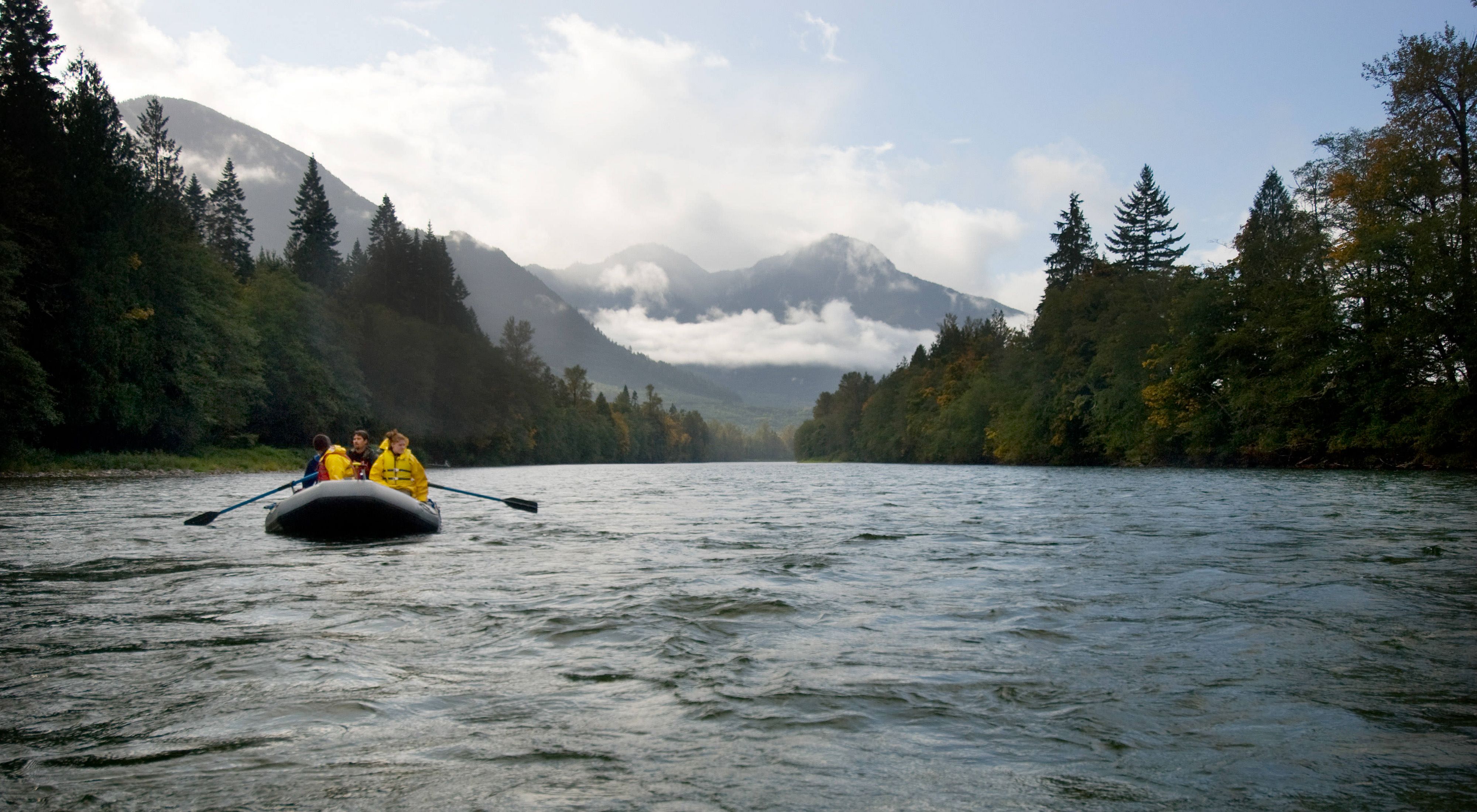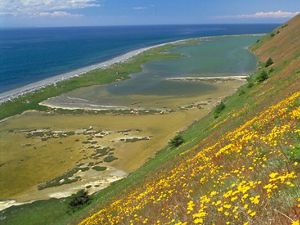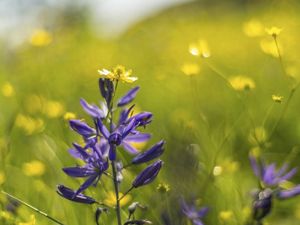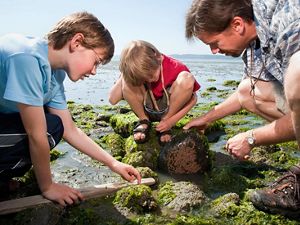Description
The Nature Conservancy has been working to preserve the mighty Skagit River for more than 30 years. Today we work with many partners on restoration—so thousands of migrating birds, hundreds of bald eagles, legendary Skagit salmon and many other species will be there for future generations.
The Skagit River runs from high in the Cascade Mountains to Puget Sound. The Skagit floodplain is one of the richest agricultural areas in the world. Tideflats, estuaries and farm fields draw tens of thousands of Wrangel Island snow geese each winter, as well as trumpeter swans and countless shorebirds on their great migrations.
Generations of people have enjoyed the bounty of this river, farming, fishing, logging and playing. Here, The Nature Conservancy has developed one of the most robust and comprehensive conservation projects in the state. Its work is rooted in sound science as well as respect for the people who live, work and play here.
Conservation Actions
In 1976, TNC and the Washington Department of Fish and Wildlife created the Skagit River Bald Eagle Natural Area. In winter, bald eagles now gather by the hundreds to feed on returning salmon, inspiring a popular annual festival. This project includes another six landowning partners and has preserved more than 9,000 acres of eagle habitat, including more than 10 miles of river and thousands of acres of forests. About 1,300 acres are owned and managed by TNC. In the Skagit Delta, TNC is leading an innovative effort to restore highly productive tidal marshes—critical habitat for threatened salmon—while enhancing flood control and farmland preservation.
In the pioneering Farming for Wildlife program, TNC partners with Skagit Delta farmers to incorporate flooding into their crop rotations to create important wetland habitat for shorebirds as well as maintain family farms.



